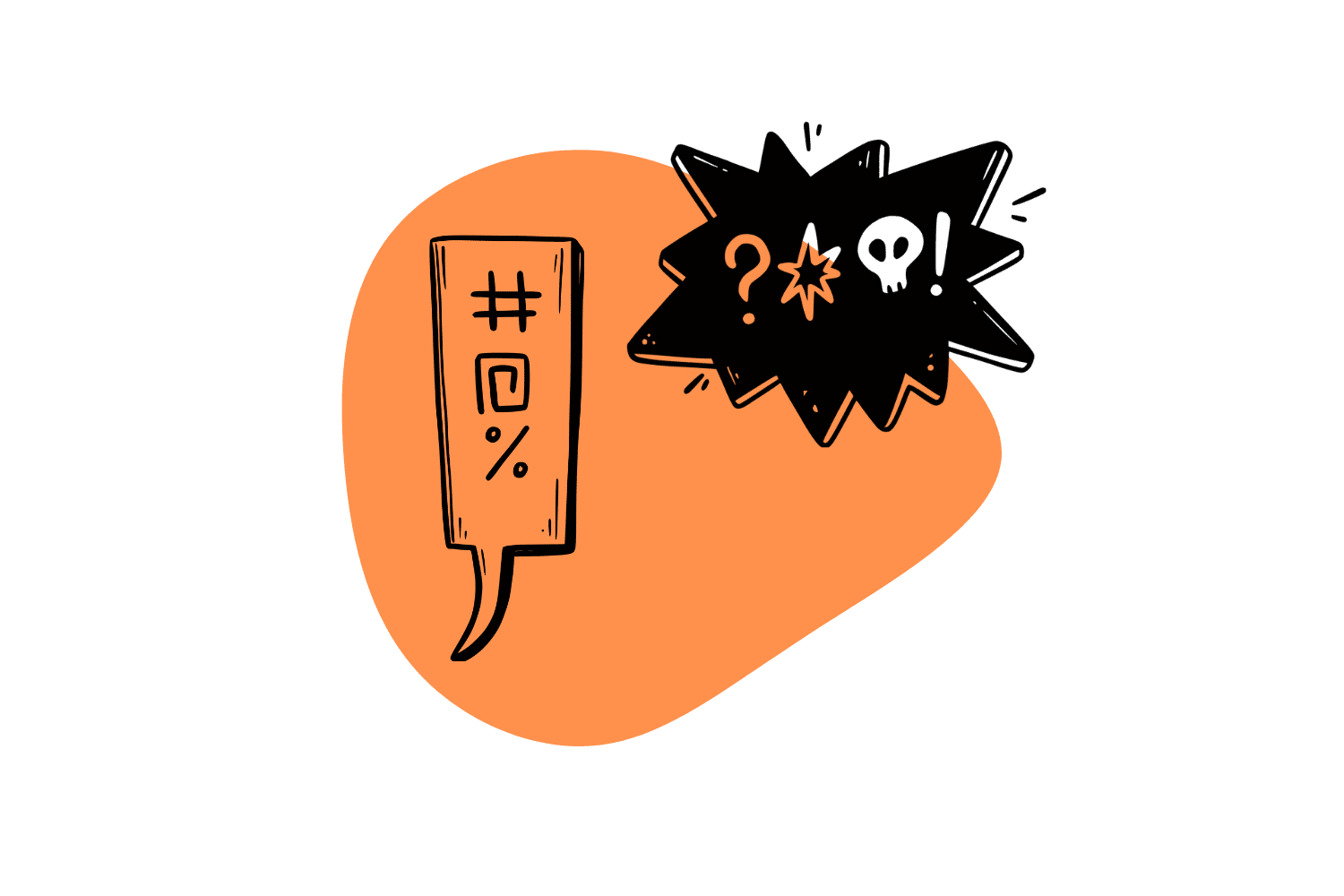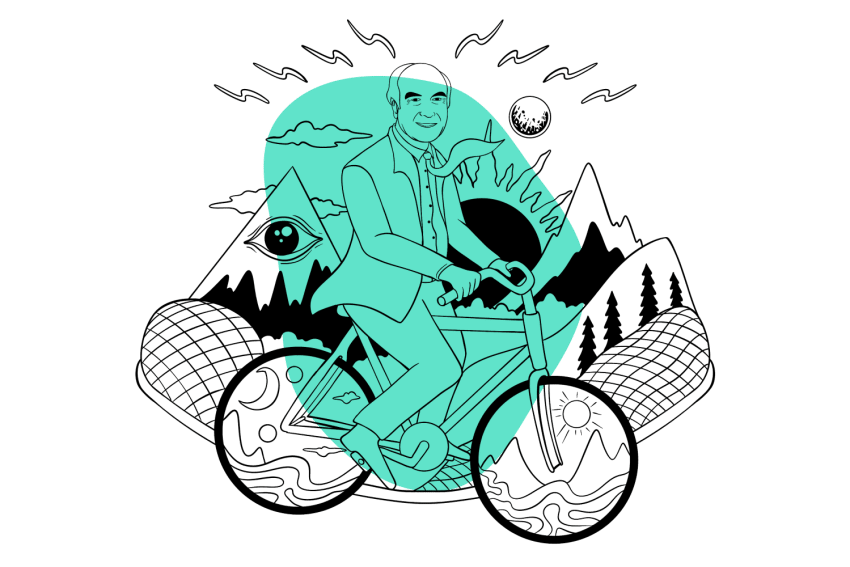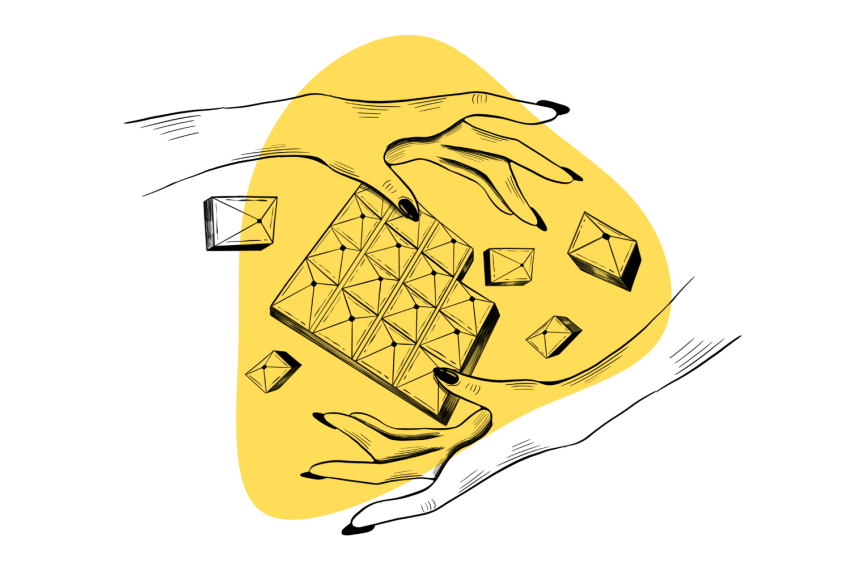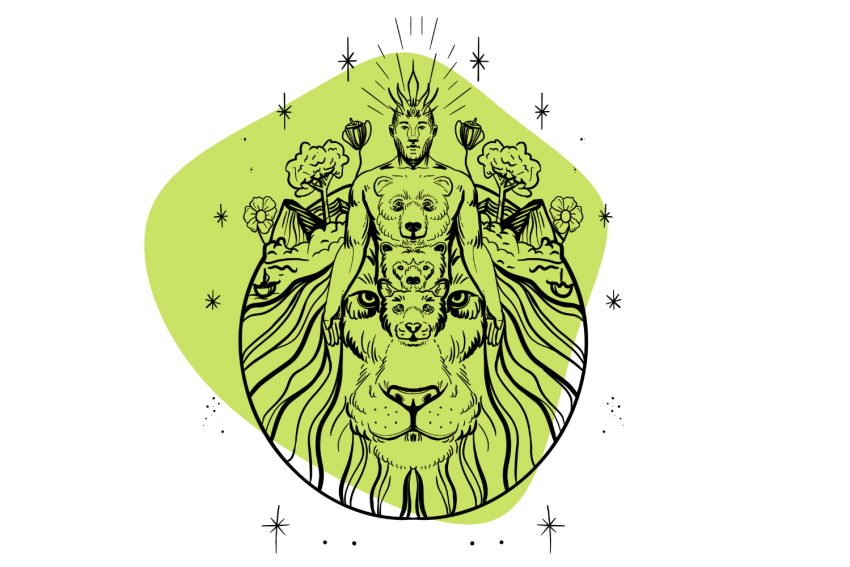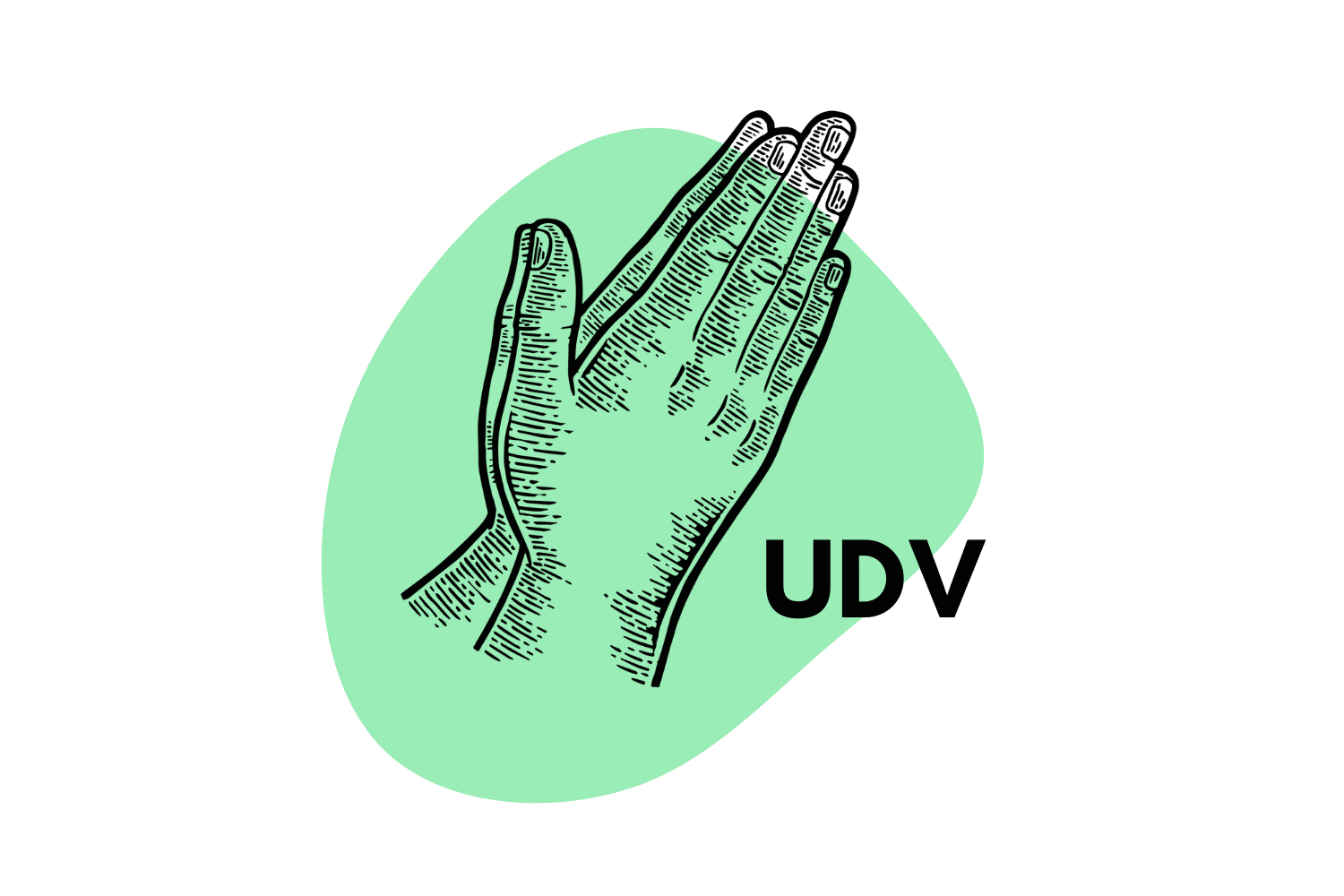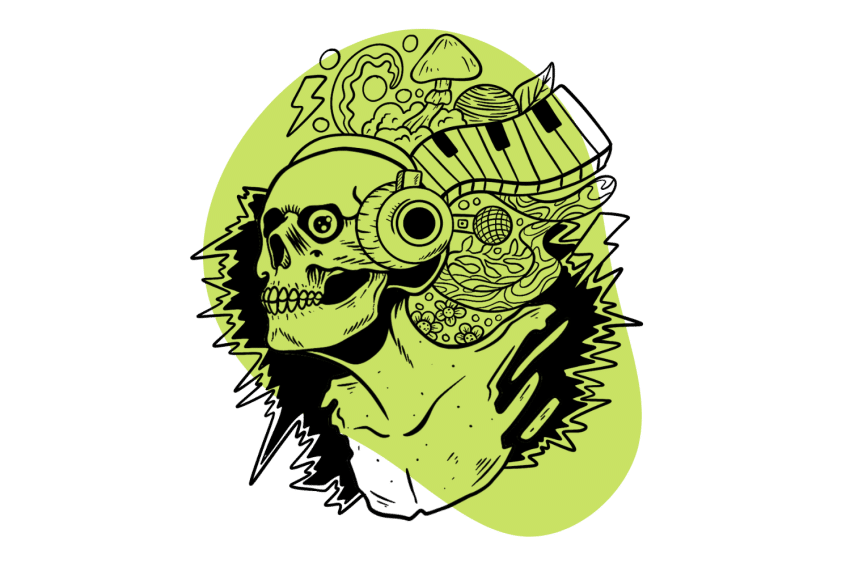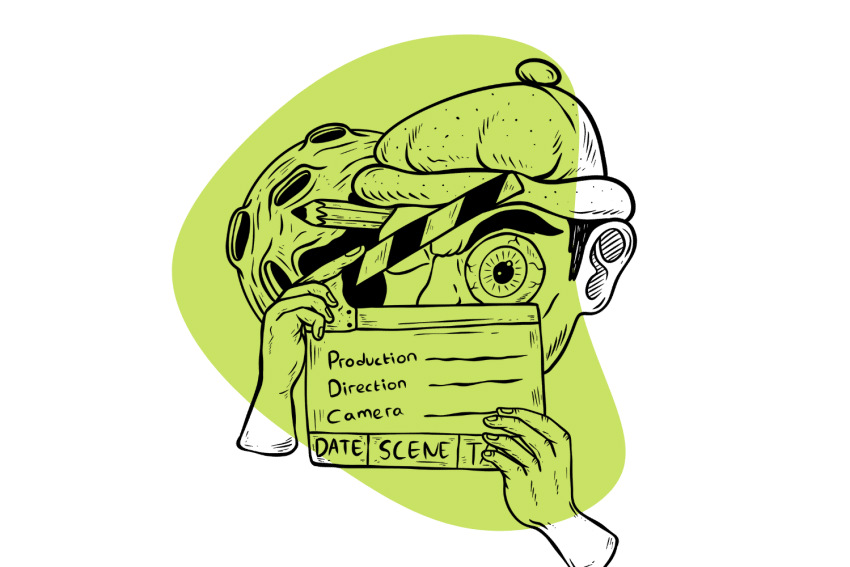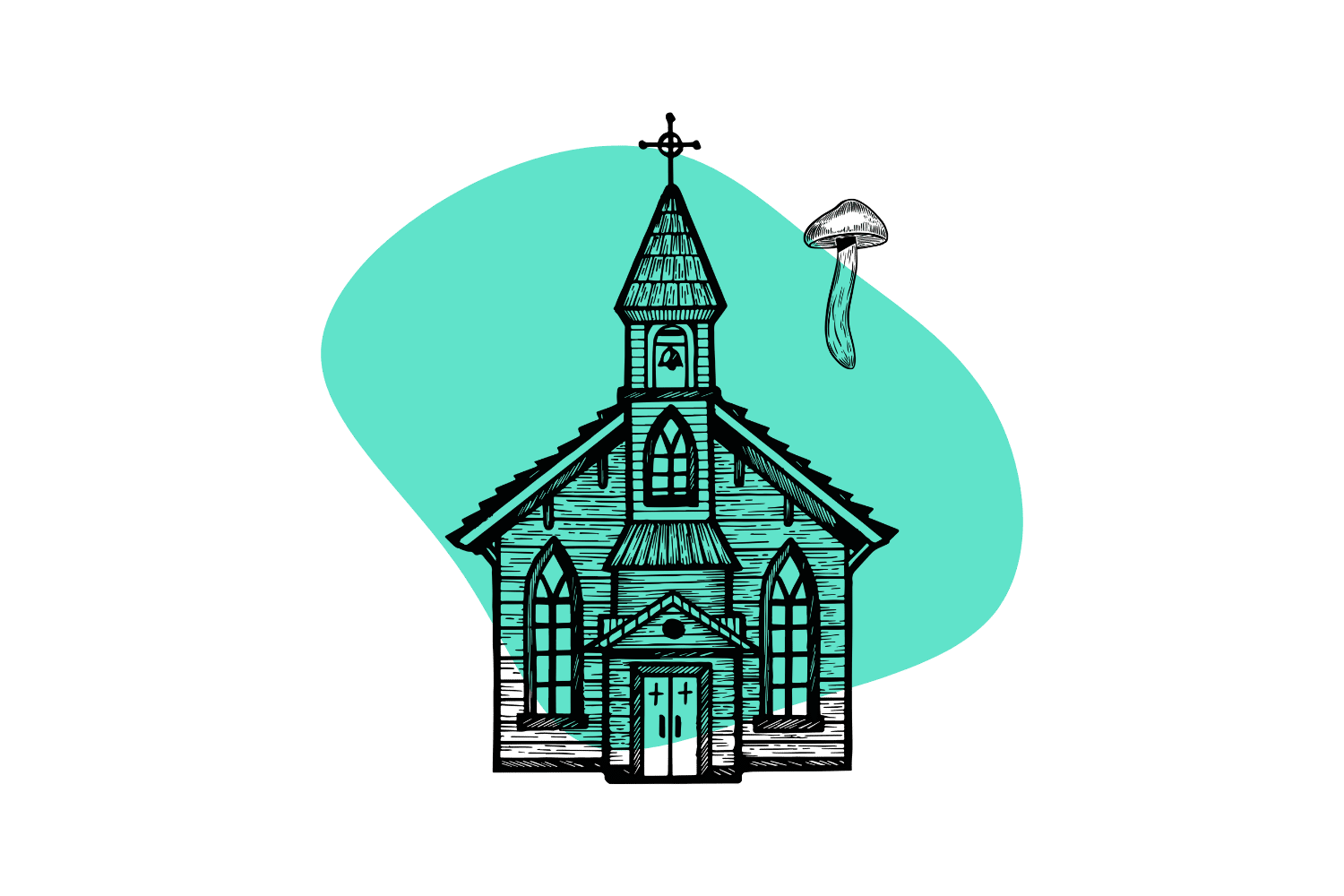Shifting Perceptions: The Impact of Psychedelics on Gender Identity
Psychedelics can change how we feel about ourselves for the better.
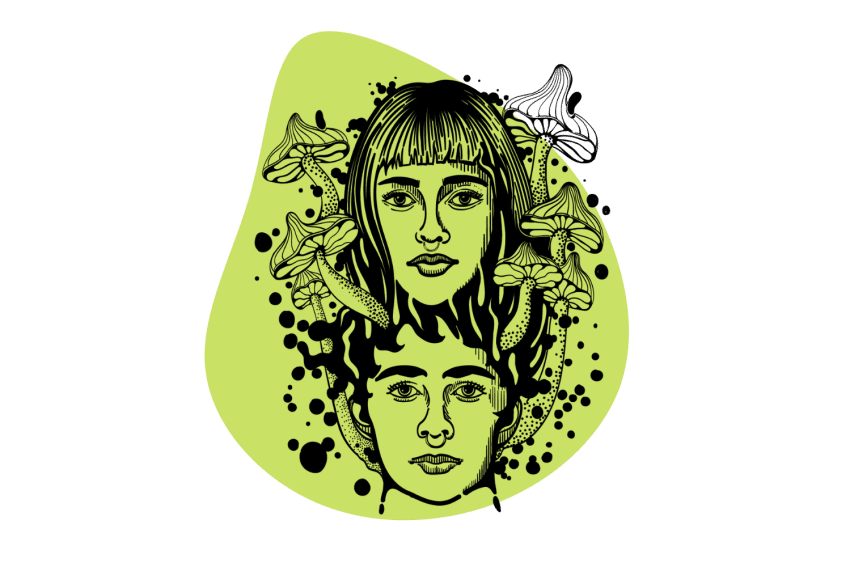
Psychedelics — known for their ability to disrupt conditioned patterns of thinking — may play a transformative role in accepting and understanding one’s gender identity.
After breaking down the walls we build around identity with psychedelics, we can question various aspects of life ingrained into our minds.
The established gender binary system is not exempt from this.
Being trans, I’ve experienced firsthand how psychedelics can enable profound self-exploration. These substances helped me to acknowledge my identity as something I deserved to have a say in — here’s how it did that for me and why it may help others as well.
Psychedelic-Assisted Psychotherapy (PAP) can increase sources of affirmation for trans people’s identities in 3 key ways:
- The affirmation of a supportive, ideally trans, therapist
- Aiding in the unlearning of internalized transphobia
- Increasing levels of self-affirmation and acceptance
Let’s dive deeper into this topic and how psychedelics can help you accept who you are.
How Can Psychedelics Help With Accepting Gender Identity?
While the chemical components of a psychedelic drug may have benefits of their own, the psychedelic experience itself helps tremendously. The key to self-transformation likely goes “beyond neuropharmacological and psychodynamic models [1].”
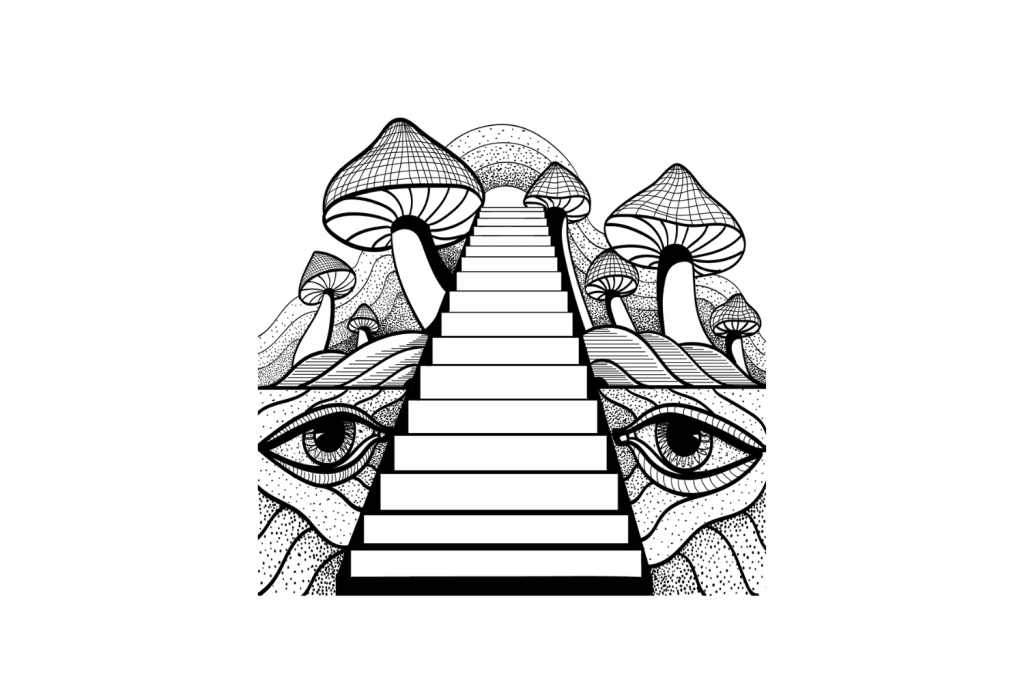
The average person takes psychedelics for these “subjective” experiences — an effort to rewrite the story they tell themself about themself. The transformative spiritual ritual of psychedelics might enable a shift from an old paradigm of internalized self-hatred into a new one of self-acceptance.
What Does It Mean To Be Trans?
Being trans means facing an onslaught of opinions and attitudes on who you are, yet still seeking more — simply because you know it’s there. It’s a struggle for self-identity and a constant need to reinforce the legitimacy of your existence to society at large.
Within our modern society, your sex organs determine a series of pre-assigned roles. The body you are born into decides:
- What you wear
- What interests you can have
- Who you can love
- Who you are allowed to be
This belief — or gender essentialism — embeds itself in our culture. As we’re discovering, dividing our identities into two binary boxes doesn’t allow for the nuance of reality.
Related: Tracing the History of Gender Identity.
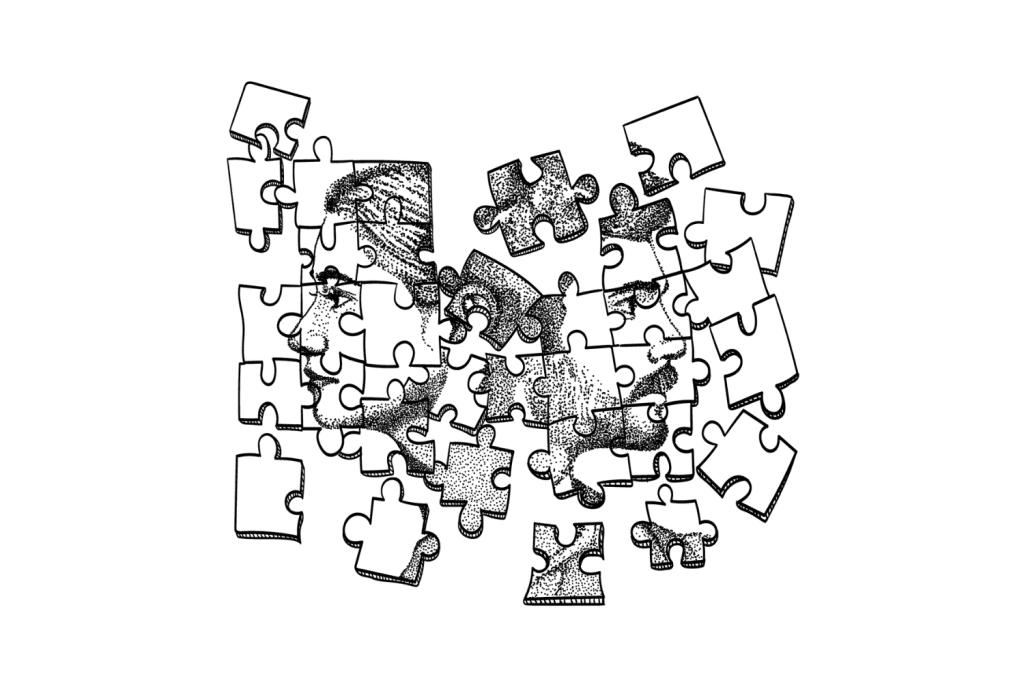
It dismisses the identity of several groups, including:
- Trans and gender non-conforming people (about 2% of the population)
- Intersex people (2% of the population)
- Historical and modern gender expressions from cultures across the globe
Gender isn’t innate in our biology; it’s socially created. It hasn’t always been that way.
Have Trans People Always Existed?
Societies throughout history have contained and even revered gender-diverse people.
History’s first credited author — the priestess Enheduanna — was likely trans. In the 23rd century BCE, she wrote about her goddess, Inanna (also known as Ištar). Inanna, she wrote, had the power to “turn a man into a woman and a woman into a man.”
Followers of Inanna utilized third-gender terms like “kulu’u,” a general term for male femininity, or “gala,” a gender identity for male-presenting individuals who adopted new names and performed feminine ceremonies after joining the priestesshood [2].
Before colonization, several Indigenous American tribes had non-binary genders. One such example is the Navajo “nadleh” — or “one who is transformed.”
In 1990, queer indigenous leaders adopted the umbrella term “Two-Spirit.”
Even Judaism, a religion I’ve practiced my entire life, has at least six canonical genders. I didn’t know that until after I’d come out and had to discover it for myself.
So what happened?
Why Is Self-Acceptance So Difficult?
Current expectations of the gender binary actively promote conformity over self-acceptance. Our culture encourages us to enforce these standards on others.
In the first month of 2023 alone, 22 red-leaning states have filed 260 bills targeting queer people.
These policies embolden domestic terror attacks like the ones at Pulse and Club Q and make it harder for the general public to accept and proclaim non-binary identities.
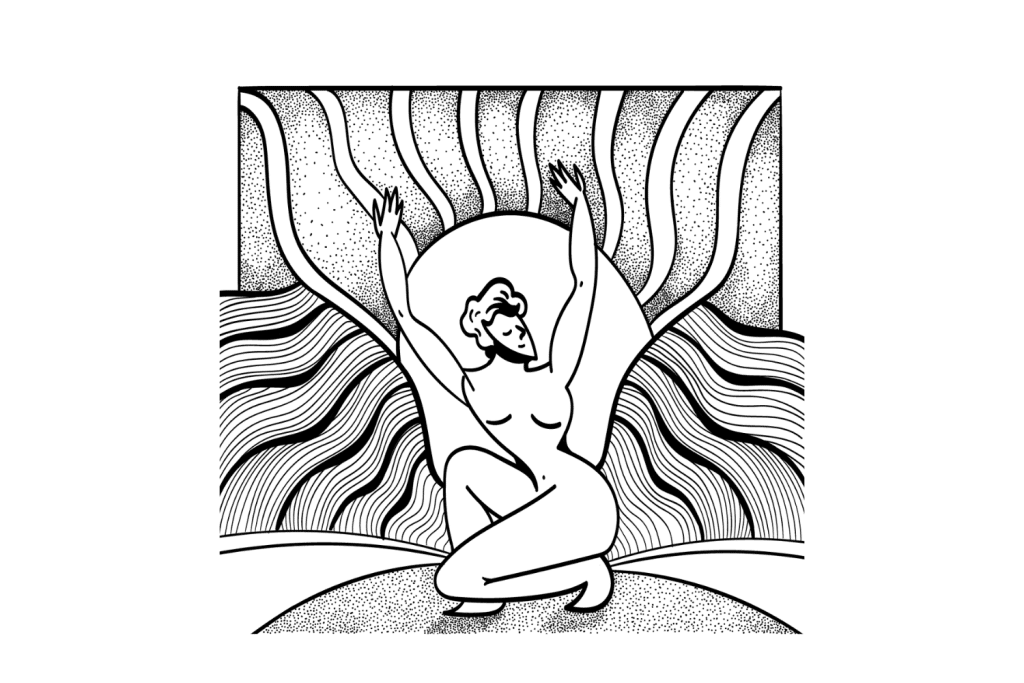
Policing the expression of people around us is the norm. It happens in small, subtle ways every day:
- Dress codes and gendered clothing
- Gendered honorifics like Sir, Ma’am, etc
- Gendered spaces like barbershops and salons
- Binary gender markers on IDs and paperwork
We enforce these standards to affirm our assimilation with them. Making someone else suffer is easier than admitting you have suffered too.
What Are the Consequences of the Gender Binary?
The LGBTQ+ community has the highest rates of substance abuse, depression, and PTSD. Social pressure to uphold the gender binary results in what Dr. Jae Sevelius calls “identity threats” [3].
An identity threat occurs when an individual’s environment negates their sense of self. Repeated identity threats can cause feelings of isolation, self-harm, and suicidality.
Identity threats affect everyone, going beyond the scope of gender. However, they do impact the queer and trans communities disproportionately.
Even after attempting to embrace our identities, these socialized beliefs about gender persist. We may not be able to change our society’s view of gender in the short term, but we can change our own perceptions.
Why Isn’t There More Research on Psychedelics & Self-Acceptance?
There has been little formal research into gender and psychedelics. In the last 60 years, any research has either been anecdotal or under very specific conditions. This is likely due to the absence of LGBTQ+ people in the psychedelic research space.
The Lack of Diversity in Psychedelic Research
At the center of psychedelic culture is an alleged universal experience. These experiences inherently cannot transcend gender, race, and class if the sample size comes from a uniform background and perspective.
Most clinical studies come mainly from — and for — cis, white, college-educated men. Results from these studies show PAP is effective in treating depression, anxiety, substance abuse, and post-traumatic stress disorder (PTSD); however, it’s less clear how people of marginalized identities react in a clinical setting.
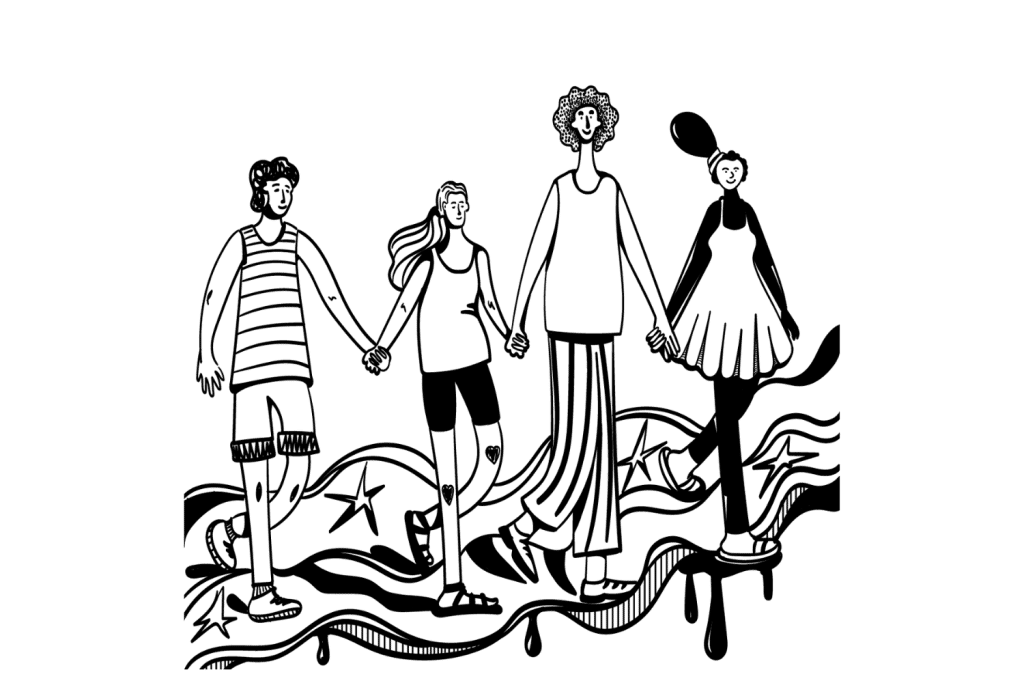
This disparity in formal, academic representation also ignores the many contributions of non-men and people of color to the field of psychedelics. Let alone the indigenous cultures throughout the years with innumerable contributions.
Non-Clinical Evidence for Psychedelics Helping To Accept Gender Identity
Though many studies involve synthetic substances, others derive from indigenous cultures. A purely clinical approach ignores the traditions of the original people using these substances.
It denies essential context for how these substances enable self-actualization and collective healing. It also creates a reductive, stereotypical depiction of traditional medicine ceremonies.
It’s essential to have a range of perspectives involved in psychedelic research. Varying identities bring sensitivities the dominant cis, white male culture cannot.
Conclusion: Psychedelics Can Help You Accept Yourself
Psychedelics can help you navigate the incredibly personal journey of self-discovery.
Those questioning their gender may find psychedelics help them push past socialized barriers and expectations. Acid helped me break down my ideas of what it meant to be a man. Mushrooms pushed me past the idea I had to be one.
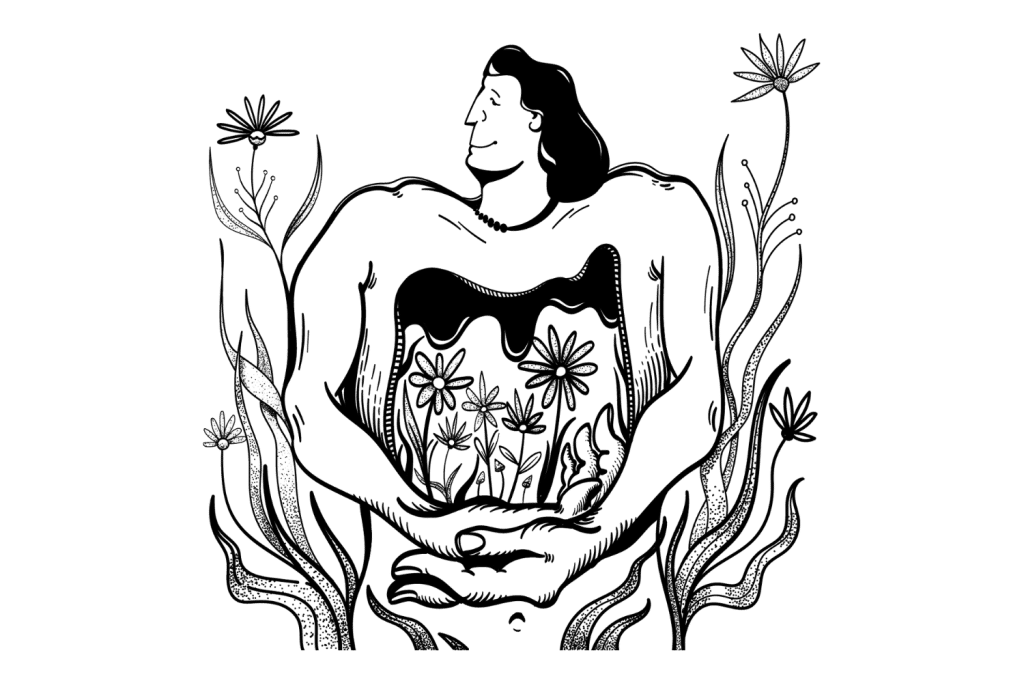
Regardless of the culture war surrounding it, the spectrum of gender goes far beyond a male-female binary. Psychedelics may be able to help people to accept this simple truth.
FAQ on Psychedelics And Gender
Here are some frequently asked questions and common misconceptions about psychedelics and identity:
1. Why Are Some Trans People Wary of Psychedelic-Assisted Psychotherapy?
The healthcare industry has historically been antagonistic to queer and trans people. Homosexuality was formally classified as a mental illness until 1985 — transness, until 2013.
Still today, stigma and discrimination are a barrier for trans people when it comes to medical care [4]. This environment makes trans people and other LGBTQ+ members hesitant to seek medical or psychological support.
Gender-affirming procedures and medications are difficult to access. Insurance programs rarely cover them. Those that do often require a prohibitive number of approvals and prerequisites.
2. What is Psychedelic Conversion Therapy & Does it Work?
Psychedelic conversion therapy was a staple of early LSD culture. While Timothy Leary told people to “Turn on, Tune in, and Drop Out,” he also promoted LSD as a “cure” for sexual deviance.
In a study between 1955 and 1973, twelve cis, white men took LSD-25 to “treat” their same-sex attraction. Subject journals frequently describe a heartbreaking desire to be “normal” [4].
Even in an actively homophobic environment, the report concludes, “few homosexuals in our group have attained a satisfactory heterosexual adjustment.”
3. Will Psychedelics Make You More Liberal?
Brian A Pace and Neşe Devenot argue the effects of psychedelics are “politically pluripotent” [5]. This may explain why New Age Spiritual movements have seen a rise in far-right beliefs, which are often bigoted in origin.
Psychedelics don’t have their own social or political bias. They enable a shift in worldview that can move in any direction and relies significantly more on set and setting.
Far-right pundits like Jordan Peterson and Ted Cruz supporting psychedelic usage also showcase this.
4. Will Taking Psychedelics Make You Trans?
No, dropping acid or doing mushrooms won’t make you trans.
In an inclusive, supportive environment, psychedelics may reveal internalized prejudice. They can also enable a broader understanding of gender, both personally and culturally.
Even cisgender and heterosexual people can better understand their identity by utilizing psychedelics.
References
- Dupuis, David. “Psychedelics as Tools for Belief Transmission. Set, Setting, Suggestibility, and Persuasion in the Ritual Use of Hallucinogens.” Frontiers in Psychology (2021): 5486.
- Peled, Ilan. “Kula’ūtam Epēšum: Gender Ambiguity and Contempt in Mesopotamia.” Journal of the American Oriental Society, vol. 135, no. 4, 2015, pp. 751–64. JSTOR, https://doi.org/10.7817/jameroriesoci.135.4.751
- Sevelius, J. (2019). Psychedelic-assisted therapy with transgender and gender-diverse individuals. MAPS Bulletin, 29(1).
- Ayhan, C. H. B., Bilgin, H., Uluman, O. T., Sukut, O., Yilmaz, S., & Buzlu, S. (2020). A systematic review of the discrimination against sexual and gender minority in health care settings. International Journal of Health Services, 50(1), 44-61.
- Ens, Andrea. “Wish I would be normal”: LSD and Homosexuality at Hollywood Hospital, 1955-1973. Diss. University of Saskatchewan, 2019.
- Pace, Brian A., and Neşe Devenot. “Right-wing psychedelia: Case studies in cultural plasticity and political pluripotency.” Frontiers in Psychology (2021): 4915.


